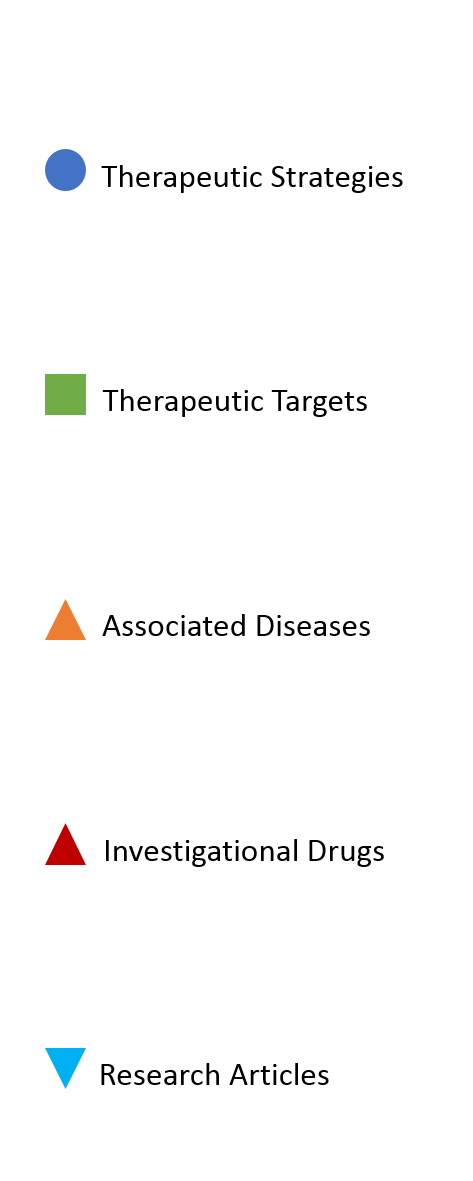| Abstract: | BACKGROUND: This study evaluated the effects of hydroalcoholic extract of spinach (HES) on nonalcoholic fatty liver disease (NAFLD). In the prevention phase, 18 Sprague-Dawley rats were fed a high-fat diet, a high-fat diet plus 400 mg kg-1 HES, or a chow diet for 7 weeks. For the treatment phase, after the induction of NAFLD, they were fed a high-fat diet, a high-fat diet plus 400 mg kg-1 HES, a chow diet, or chow diet plus 400 mg kg-1 HES for 4 weeks (n = 6). RESULTS: Weight gain (P = 0.01), food intake (P < 0.01), serum glucose (P = 0.01), triglyceride (TG) (P = 0.02), low-density lipoprotein cholesterol (LDL-c) (P = 0.01), aspartate aminotransferase (AST) (P = 0.02), liver steatosis, and the nonalcoholic fatty liver disease (NAFLD) activity score (NAS) (P < 0.01) in the high-fat group were statistically higher than in the other groups at the end of the prevention phase. Feeding spinach extract to rats on a high-fat diet decreased serum glucose (P = 0.01), total cholesterol (TCh) (P < 0.01), AST (P = 0.01), alkaline phosphatase (ALP) (P < 0.01), and liver steatosis (P < 0.01) in the treatment phase. CONCLUSION: Overall, spinach extract showed beneficial effects in the prevention and treatment of NAFLD. © 2019 Society of Chemical Industry. |

